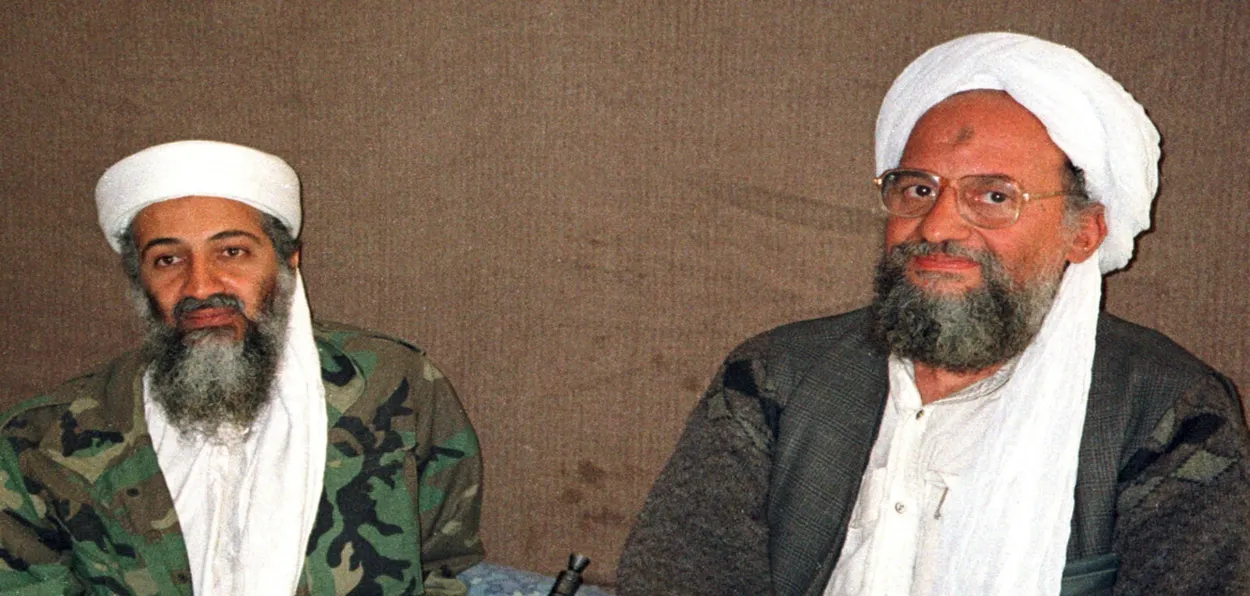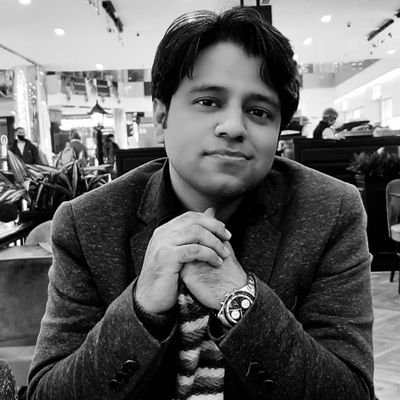
 Saquib Salim
Saquib Salim
Islamic Terrorism became a buzzword for the media during the 1980s as several movements led by Muslims carried out bombings and hijackings in the Western World. After the 9/11 attacks, this term gained further currency. These events coupled with Samuel Huntington’s hypothesis, Clash of Civilizations, made people believe in what we know as Islamic Terrorism.
Hundreds of books, thousands of articles, hours of airtime, and dozens of Hollywood movies were produced to solidify the idea that terrorism was a natural outcome of Islamic teachings.
In India and elsewhere we saw people questioning traditional Islamic scholars. Media suggested that madrasas were the breeding grounds of terrorism, an argument often bought by political dispensations as well. A majority of people continue to believe that madrasa pass-outs and traditional Islamic scholars had carried out terrorist attacks and that exposure to western modern education could change the course of their lives. Nothing can be farther from the truth.
The most famous of all the terrorists we have heard was Osama bin Laden. Had he learned Islam in a traditional madrasa? No. He was a Civil engineer, studied economics and management, and briefly attended Oxford University as well.
Ayman Al Zawahiri, the second most famous Al-Qaeda leader after Laden, was a surgeon by profession. He had a degree in medicine and a master's in surgery. Mohammed Atef, another deputy of Laden, was also an engineer. Mohamed Atta, senior most of the hijackers who had carried out the 9/11 attacks, was an architect who had also studied at a reputed European university. All the hijackers of 9/11 were educated according to the Western system.
We can trace the roots of radicalisation among Muslims, especially against the West to Sayyid Qutub of Egypt. He was not a product of traditional Islamic madrasa. He studied in European-style schools, took up literature in college, and later went to study in the USA on a scholarship. He later started preaching radical violent ideas and claimed that these were Islamic teachings. He led Islamic Brotherhood during the 1950s and 1960s in Egypt and was later hanged for his role in the assassination of Gamal Abdel Nasser.
Hasan al-Banna was another leading Islamic Brotherhood leader and original proponent of the violent creed of Islam. He attended an institution where modern education was taught against the wishes of his father who wanted Banna to attend traditional madrasa.
Though the notorious ISIS leader Abu Bakr Al-Baghdadi studied Islamic Studies, he had never been to traditional madrasa and studied at universities. He wanted to pursue science but couldn’t because of his grades.
Hafiz Saeed, the man behind several terrorist attacks on India including the bloody Mumbai attacks in 2008, has never been to a madrasa in a country where a large population attends madrasas. He has undertaken religious studies at modern universities and taught at the University of Engineering and Technology. Ahmed Omer Saeed Sheikh, a terrorist who was released after the Kandahar Hijacking, had studied at the London School of Economics.
Zakir Naik, who is accused of promoting violence by the government of India, is also a surgeon who had never been to a madrasa. The list is long. We can make out that almost all the terrorists who were Muslims by their religion were products of the Western education system.
Recently at an event where Abdul Karim al Issa, Secretary General of Muslim World League, was present National Security Advisor Ajit Doval pointed out that Indian Muslims were not found to be part of these global Islamic terror networks. He didn’t elaborate but it can be explained by the role of madrasas in India.
Ulema has had a moderating effect on Indian Muslims whenever some forces tried to radicalise them. Historically speaking, when in 1888, Sir Syed Ahmad Khan asked Muslims to boycott Hindu political organisations and businesses the Ulema came out to denounce him. More than 100 Ulema collectively endorsed a fatwa telling Muslims that Sir Syed was wrong and Muslims should join organisations led by Hindus and collaborate with them in business.
Most of us know that during the first half of the 20th century, Aligarh Muslim University was a hotbed of divisive radical politics of the Muslim League. To counter it, the Ulema of India launched Jamiat-e-Ulema-e-Hind and Majlis-e-Ahrar. While English-educated Mohammad Ali Jinnah and his ilk told people that the coexistence of Hindus and Muslims was impossible, Ulema like Maulana Abul Kalam Azad and Maulana Hussain Ahmad Madni preached that Indian Muslims and Hindus were one people.
Those who have been to mosques know that Indian Ulema preach secularism in mosques and had never been accused of any terror activity in India. Yakub Memon or Afzal Guru were not madrasa products. The banned outfit PFI was led by university graduates who had jobs with government institutions. Jamat-i-Islami had been banned earlier and alleged by many for its radical preaching. Its leadership is dominated by engineers with a few other educated professionals.
ALSO READ: Indian Ulema must move on in their thoughts
Indian Ulema had not been accused of preaching radical violence. They have dedicated their lives to reading the Quran and Hadith, and they understand that Islam does not teach violence against unarmed civilians. Violence is equated with Islam by Muslims who had no formal training in Islamic texts and read them without any teacher. An engineer preaching Islam can become a Laden. With all their drawbacks, Ulema had never shied away from denouncing terrorism and asking people to shun the violence. It is much needed that Ulema reach out to more people with their positive messages
